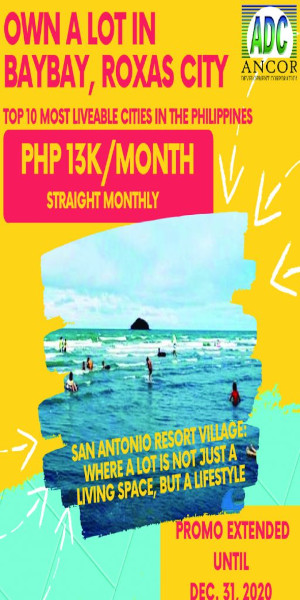
By: Nycel Jane Dela
Have you ever scrolled on Facebook and ended up watching something you wish you hadn’t? I did. A video of a man being bitten by a crocodile in a zoo in Zamboanga. Grabe, I couldn’t even finish watching it. The man was in pain, clearly needing help. Pero ano ang ginahimo sang mga tao sa palibot? Naga-video. Naga-livestream pa gani ang iban.
This is what social media has become. A place where people would rather capture tragedy than help. Where people race to post first para lang mag-viral. And what makes it worse? Ginabutang pa nila ila ngalan sa video. Why? For views? For likes? For money?
Then there’s this other video I saw, this time in Capiz. A man had a motorcycle accident, duguan, maybe barely hanging onto life. And what did people do? Nagtiner sa palibot. Gapundo lang, naga-kuha sang video. Indi bala dapat ang una nga ginahimo naton kung may natabu nga aksidente amo ang pagtawag sang bulig?
Yes, I understand that social media is powerful. It can inform people, expose injustice, and create awareness. May ara man ‘ya sang maayo nga bahin. But we need to ask ourselves: at what cost? When does documenting become exploiting? When do we draw the line between helping and harming?
Many do it not to help, but to trend. Para lang masiling: “Ako ang una nga nag-upload.” It’s not just about awareness anymore. It’s about attention. That’s the sad truth.
As a community, indi naton dapat pasudlon ang kultura sang “content over compassion.” If you really want to help, call for assistance, protect the person’s dignity, or at least ask for permission if it’s truly necessary to post.
So, next time you see something tragic, ask yourself: “Biktima bala ini nga ginakinahanglan sang bulig, ukon content lang para sa likes ko?”
Let’s choose to be human first, before we become content creators.






